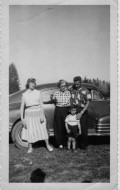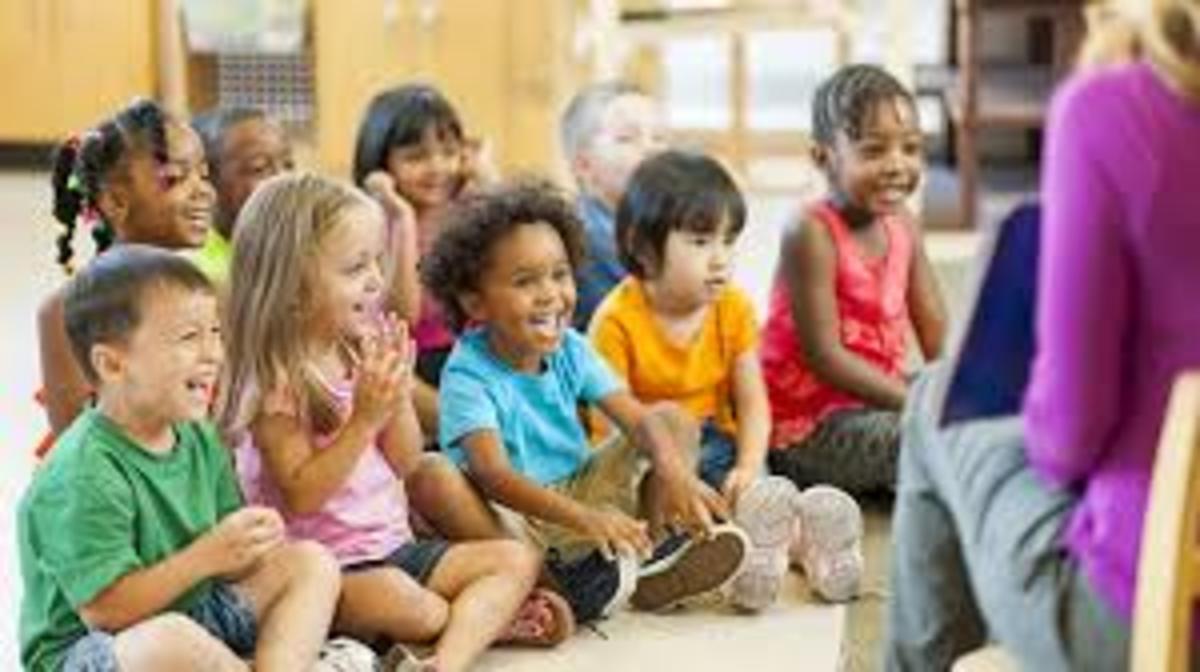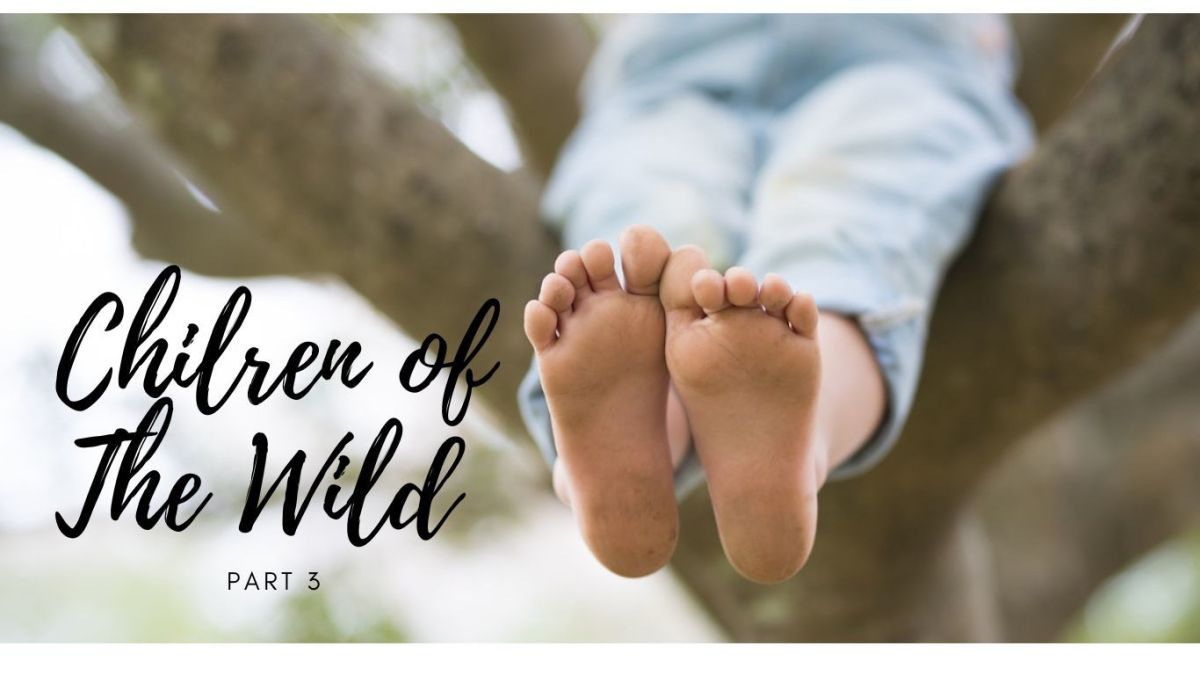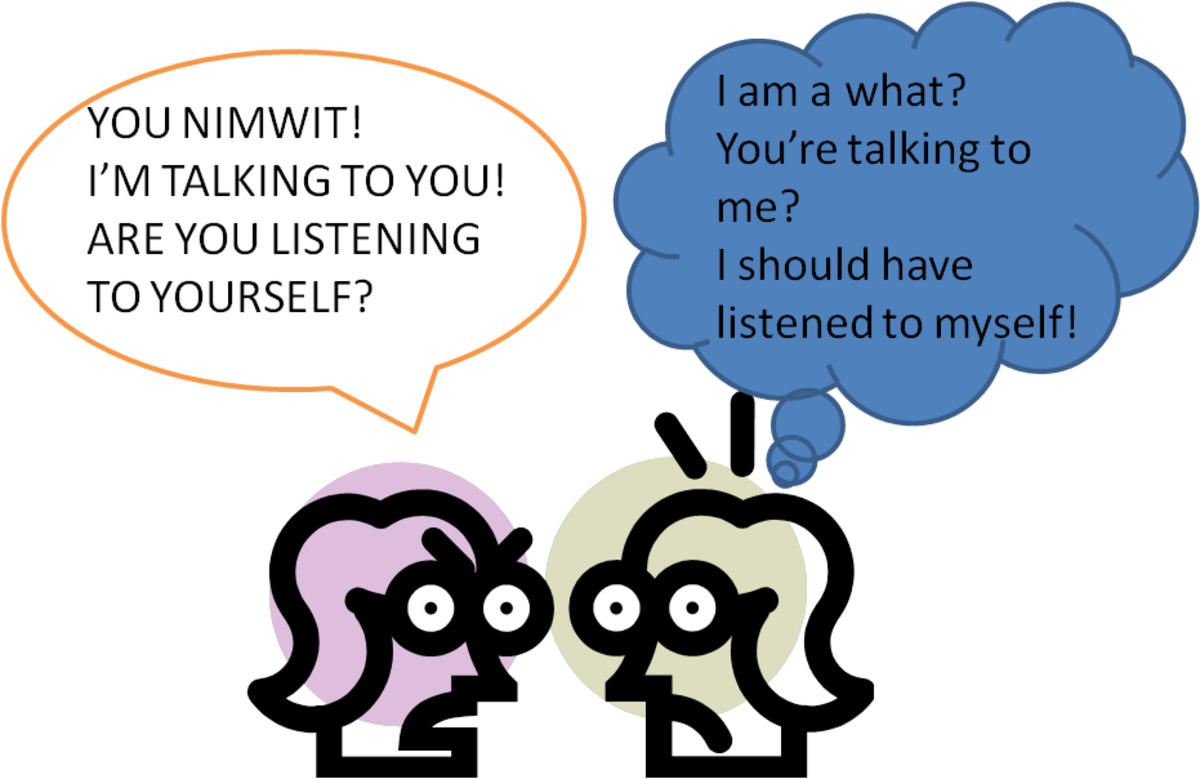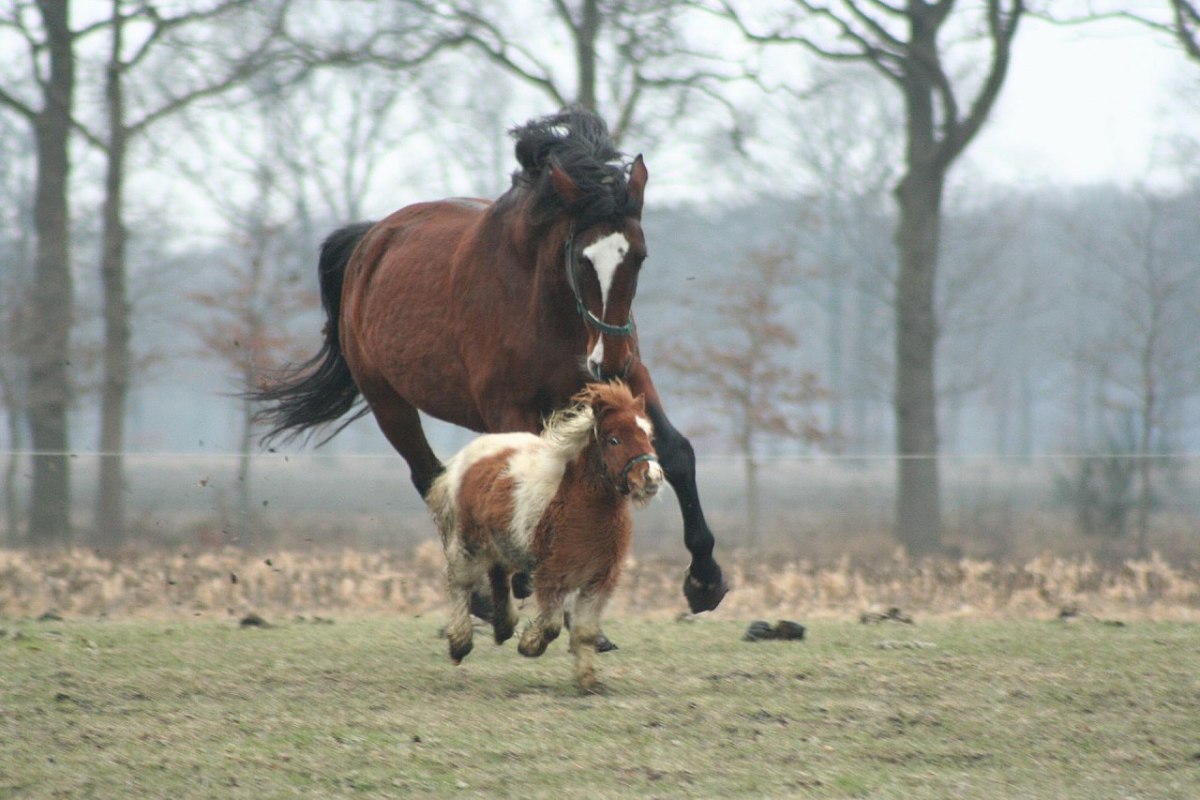- HubPages»
- Family and Parenting»
- Kids»
- Children's Growth & Development
From birth to the first word

From the day a baby is born, they hear language all around them. The speed at which a child is able to develop language borders on miraculous. This article will chronologically follow how a child advances from the womb to its first word; from the likes of physical changes to mental modification.
(Note: the following developmental stages are followed by all "normal children" and may not be the same for those who do not receive adequate exposure to language and have mental/physical defects.)
1. Beginnings in the womb
Medical research has provided us with rather definitive evidence that even before birth, children are crying in the womb. It is estimated that this crying begins at around 28 weeks into pregnancy. Before this breakthrough, scientists assumed that crying started at birth; this research now suggests that children develop vocally much earlier than first predicted.

2. Reflexive noises
From birth to around 8 weeks of age, children will make reflexive noises. This includes burping, hiccups and other such sounds. Attempts of communication begin immediately from birth. Children attempt to show comfort or discomfort through crying. If a child is in discomfort, their crying will be loud, hoarse and unbearable for the child's caregivers, causing the baby to be tended to and to stop the discomfort. If a child is in comfort, the crying will be calm and soothing. The use of reflexive crying indicated that humans are a species reliant on communication and fellow human contact.
3. The Cooing Stage
The cooing stage takes place for a child between 8-20 weeks old. At this time, due to physical changes of the tongue and throat, the child is able to improve their voice control. At this essential stage; rather than through crying; the child discovers that they can express comfort through much softer sounds.
While the child still expresses discomfort through screaming, happiness and comfort is expressed through calmer utterances such as, "gaa", "goo" and "coo". It is also at this stage where the baby begins to pick up on the interactive nature of communication. For example, there is evidence to suggest that children understand the fundamentals of turn-taking at this stage:
Child: Gaa
parent: That's a nice noise you made. Are you a good boy?
Child: Goo
While the child does not actually understand what is being said, the basics of communication are being discovered, making language acquisition easier for the child in the future.

4. The Babbling Stage
The babbling stage is considered the most important stage up to the child's first word. This stage occurs between 20-50 weeks of age and consists of the child experimenting with all the possible sounds it can make, as well as testing out intonation (pitch) and volume.
The babbling stage begins with the child using two methods of making noises in order to create as many different sounds as possible: nasal sounds (vowels) and fricative sounds (consonants). This sub-stage is known as "vocal play". During this sub-stage, a process known as phonemic expansion takes place, where the child makes every noise humanly possible, experimenting with all vowels and consonants.
The following sub-stage is known as phonemic contraction. This is where the sounds the child makes become less varied but the sounds they continue using are heard much more often. Phonemic contraction occurs because children seek to copy the sounds they hear around them. If a particular sound is not used in a language, the child will stop using this sound and instead concentrate on repeating sounds heard around them in their everyday world. Again, this sub-stage identifies how communication is human nature, where children copy what they hear and learn in order to give information to others. For example, in some cases during this period, children learn to say different sounds to show different wants. For example, "mmm-ba" may suggest that the child is hungry. This form of communication is usually not understood by caregivers, however, and specific wants may not be able to be expressed until the child learns the correct word.
During the mid-point of the babbling stage, children will begin to use bodily language to respond to their caregivers. This signifies that children are able to understand certain language, but do not yet have the ability to combine vowels and consonants in order to make a cohesive first word.
5. The First Word
The babbling stage continues until around 12-18 months of age. During the latter part of the babbling stage, vowels and consonants will start to become joined together as the child attempts to utter its first word. Eventually, the child will have a eureka moment and will say its first word, usually to do with something close to them emotionally, such as "mummy" "daddy" or "milk". Once the first word is spoken, the child surges into language acquisition, learning another 50 words in six months and within one and a half years of speaking its first word, a child may be using 3000 words every single day!



